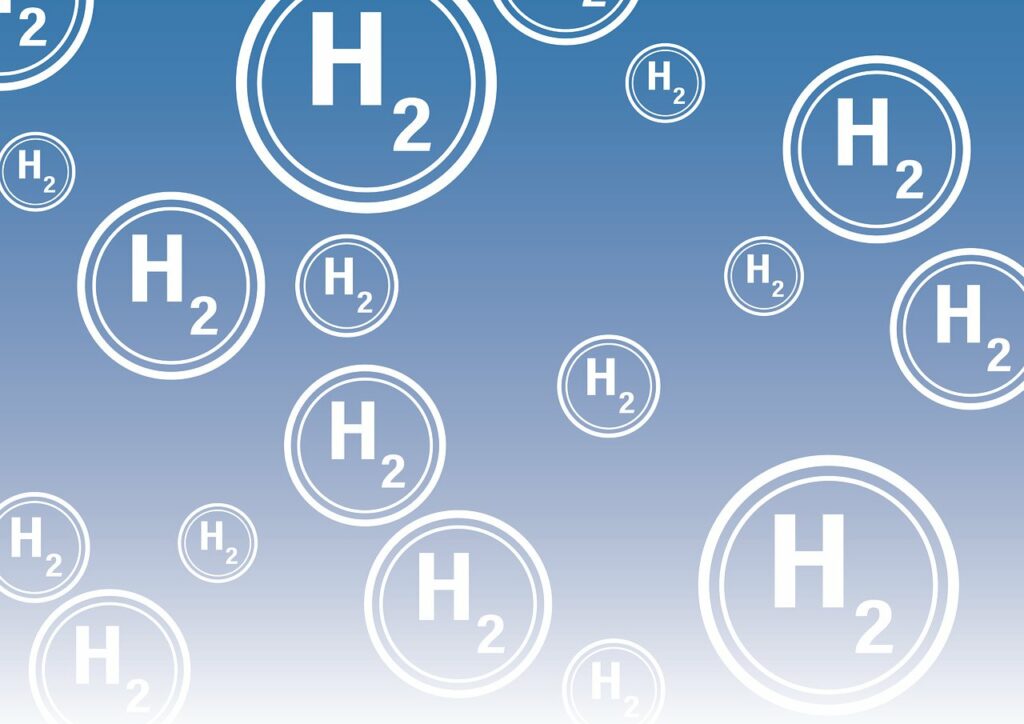A recent patent filed by BASF SE is proposing an innovative method for obtaining hydrogen from methanol or ammonia. This method is significant for its potential application in fuel cell operations, a technology crucial for clean energy systems.
The patented process for hydrogen production involves a series of methodical steps designed to maximize efficiency and minimize resource consumption.
In the initial phase, methanol or ammonia undergoes evaporation. This crucial first step prepares the raw material for subsequent processing. The precise control over this phase ensures optimal conditions are set for the next stage, which involves reforming.
Following evaporation, the material is subjected to reforming. This step is dedicated to breaking down methanol or ammonia into a hydrogen-containing gas mixture. The reforming process is distinct and separated from the subsequent stages to maintain a controlled environment for efficient hydrogen extraction.
The heart of the patented process lies in the extraction of hydrogen from the gas mixture using a membrane process. Operating at temperatures between 300 to 600°C, this step selectively extracts hydrogen, ensuring a high-purity gas stream crucial for industrial applications.
Following hydrogen extraction, the remaining gaseous retentate undergoes combustion with ambient air. This stage of the process focuses on efficient energy recovery. The combustion gases are routed through at least two heat exchangers. Initially, they provide the reaction heat essential for reforming methanol or ammonia. Subsequently, they furnish the evaporation heat necessary for the reformer feed.
Enhancing Process Efficiency
The patent emphasizes an ingenious approach to energy optimization. The permeate from the membrane process serves a dual purpose by preheating the ambient air for the burner in a heat exchanger. This integrative approach reduces overall energy requirements, enhancing the economic and environmental sustainability of the process.
